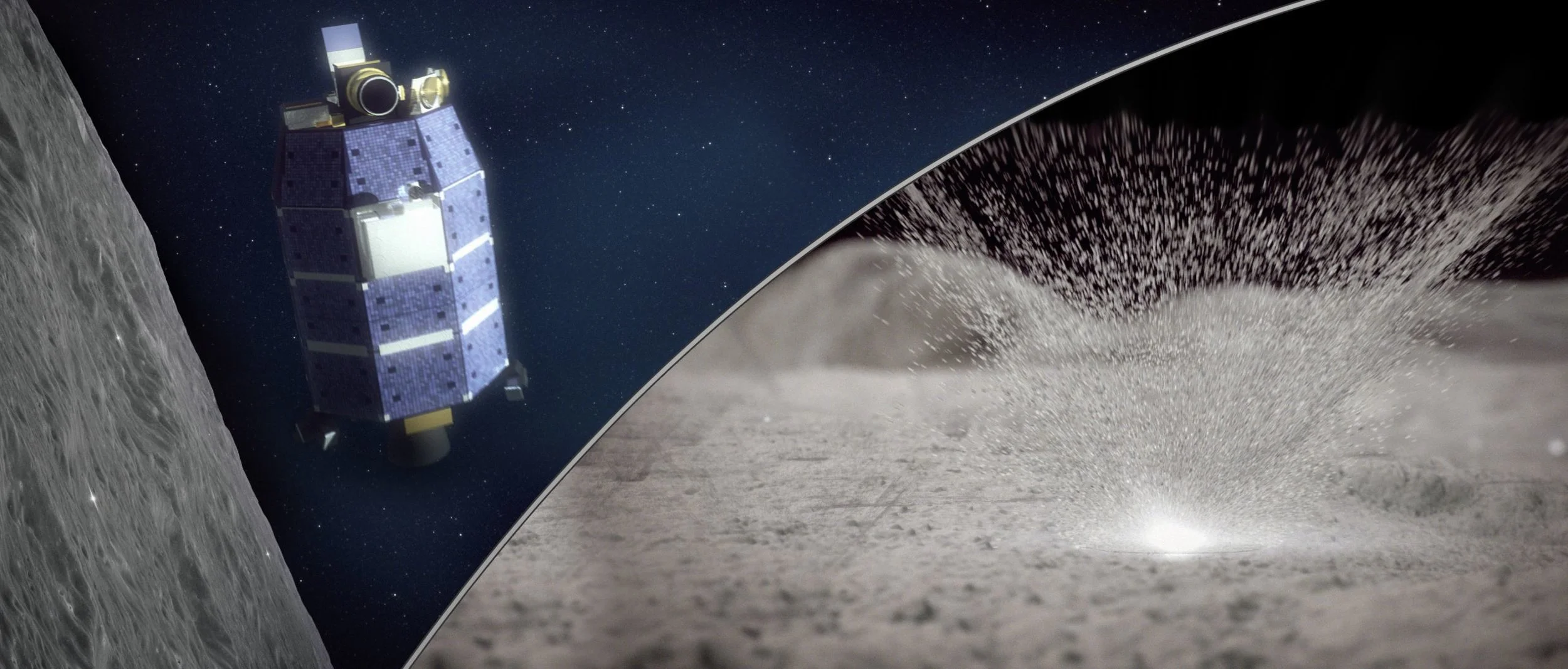Researchers from NASA and the Johns Hopkins University Applied Physics Laboratory in Laurel, Maryland, report that streams of meteoroids striking the Moon infuse the thin lunar atmosphere with a short-lived water vapor.
Here’s why electric cars have plenty of grunt, oomph and torque
The Closest Star to the Sun, Proxima Centauri, has a Planet in the Habitable Zone. Life Could be There Right Now!
In August of 2016, astronomers from the European Southern Observatory (ESO) announced the discovery of an exoplanet in the neighboring system of Proxima Centauri. The news was greeted with consider excitement, as this was the closest rocky planet to our Solar System that also orbited within its star’s habitable zone. Since then, multiple studies have been conducted to determine if this planet could actually support life.
SpaceX Does it Again with Second Retrieval of Falcon Heavy Rocket
SpaceX has made some amazing accomplishments in the past few years, all of which have been in keeping with Elon Musk’s promise to cut the costs of space exploration. And with all the excitement surrounding the Starship Hopper and its first hop tests, there was one very important accomplishment that seems to have faded into the background a little.
Does a year in space make you older or younger?
A user’s guide to self-driving cars
You may remember the cute Google self-driving car. In 2014, the tech giant announced their brand-new prototype of what the future of transportation might one day look like. If you wish you could drive one today, you are out of luck. The design was unfortunately scrapped in 2017. But don’t worry, what happened didn’t make a dent in the plan of introducing the world to self-driving cars, I mean autonomous cars, driverless cars, automated vehicles or … robot cars?
How our sense of taste changes as we age
Flying cars could cut emissions, replace planes, and free up roads – but not soon enough
When Chitty Chitty Bang Bang was released 50 years ago, flying cars were a flight of fancy. Now, these futuristic vehicles are entering the outer fringes of reality. According to a new study published in Nature, for some journeys flying cars could eventually be greener than even electric road cars, cutting emissions while also reducing traffic on increasingly busy roads.
I feel for you: the brain registers other people's pain the same as their own pain
Space Weather Forecasts can now give Satellites One Whole Day of Warning when a Killer Solar Storm is Inbound
Earth’s fleet of satellites is in a vulnerable position. When solar activity increases, high-energy particles are directed toward Earth. Our large fleet is in the direct path of all that energy, which can damage them or render them inoperable. But now we have another tool to help us protect our satellites.
How much evidence is enough to declare a new species of human from a Philippines cave site?
First ever black hole photo confirms Einstein’s theory of relativity
Black holes are long-time superstars of science fiction. But their Hollywood fame is a little strange given that no-one has ever actually seen one – at least, until now. If you needed to see to believe, then thank the Event Horizon Telescope (EHT), which has just produced the first ever direct image of a black hole. This amazing feat required global collaboration to turn the Earth into one giant telescope and image an object thousands of trillions of kilometres away.
Jupiter's Atmosphere Heats up under Solar Wind
Engineers develop concept for hybrid heavy-duty trucks
Want to save millions of migratory birds? Turn off your outdoor lights in spring and fall
We asked five experts: should we nap during the day?
Research provides a new scenario for the origin of complex life
How did complex life arise on Earth about two billion years ago? Research by an international team of scientists from Sweden, the United States, Australia and the Netherlands now provides a new perspective on the matter. In a study published this week in Nature Microbiology, the team presents a new model about the first complex cell types that make up plants, fungi, but also animals and people. They describe how complex cellular life forms developed in evolution through the metabolic integration of simpler cell types.
Now We Know That Dark Matter Isn’t Primordial Black Holes
For over fifty years, scientists have theorized that roughly 85% of matter in the Universe’s is made up of a mysterious, invisible mass. Since then, multiple observation campaigns have indirectly witnessed the effects that this “Dark Matter” has on the Universe. Unfortunately, all attempts to detect it so far have failed, leading scientists to propose some very interesting theories about its nature.
Record-Breaking Satellite Advances NASA’s Exploration of High-Altitude GPS
The four Magnetospheric Multiscale (MMS) spacecraft recently broke the world record for navigating with GPS signals farther from Earth than ever before. MMS’ success indicates that NASA spacecraft may soon be able to navigate via GPS as far away as the Moon, which will prove important to the Gateway, a planned space station in lunar orbit.
NASA Achieves Rocket Engine Test Milestone Needed for Moon Missions
NASA is a step closer to returning astronauts to the Moon in the next five years following a successful engine test on Thursday at NASA’s Stennis Space Center near Bay St. Louis, Mississippi. The latest “hot fire” was the culmination of four-plus years of testing for the RS-25 engines that will send the first four Space Launch System (SLS) rockets into space.











